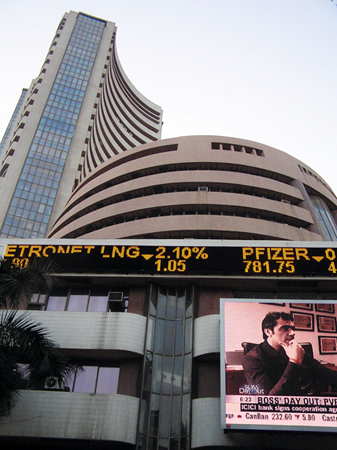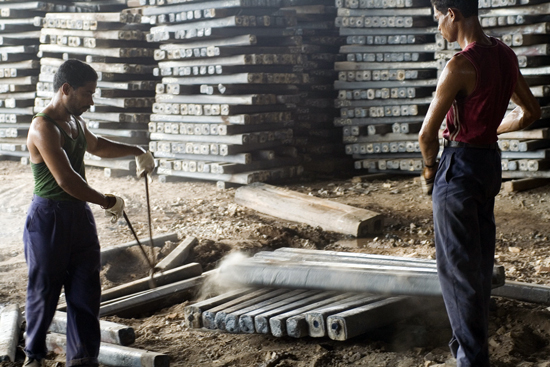Country Snapshot: Business Overview
India has a diverse economy engaged in traditional and modern agriculture, handmade goods and modern industries, and a variety of services. Between 1997 and 2011, GDP growth averaged more than 7 percent annually due to liberalization of the economy. Changes implemented include privatization of state-owned businesses, deregulation of industry, and reduced controls on foreign investment. While agriculture once employed more than half the nation’s workers, the services sector drives economic growth and utilizes the majority of the labor force. Information technology services are in high demand due to India’s software workers.
The global financial crisis had minimal effects on the economy as a result of strong domestic demand and strength in both services and manufacturing. To lower the budget deficit, the government reduced subsidies for fuel, sold off portions of its public controlled entities, and auctioned rights to radio bandwidth for telecommunications. In 2011 and subsequent years however, investment declined and economic growth slowed. The country struggles with a number of ongoing problems including poverty, corruption, discrimination, and an inefficient distribution of power.
Major Industries
India’s major industries include steel, transportation equipment, mining, machinery, cement, chemicals, petroleum, software, textiles, food processing, and pharmaceuticals. Agriculture plays a major role in the economy; the country produces potatoes, dairy products, fish, poultry, goats, cotton, jute, oilseed, wheat, rice, sheep, lentils, tea, sugarcane, and onions. India also possesses an abundance of natural resources, such as mica, bauxite, titanium ore, natural gas, arable land, manganese, iron ore, rare earth elements, diamonds, petroleum, limestone, and chromite. The nation boasts the fourth-largest reserves of coal in the world.
Trade Overview
India’s top exporters include the United Arab Emirates (UAE) and the US, each with 12 percent of sales, followed by China, Singapore, and Hong Kong. Top exported products consist of apparel, chemicals, iron and steel, petroleum products, machinery, vehicles, and precious stones. The information technology and software sector is a main service exporter, helping to modernize the Indian economy.
China leads the nation’s list of import partners with 10 percent of purchases, followed by the UAE, Saudi Arabia, Switzerland, and the US. Top imported products comprise chemicals, machinery, fertilizers, precious stones, crude oil, and iron and steel.
Foreign Investment
Foreign investment inflows come mostly from the US. Proposals for foreign direct investment (FDI) require government approval. Automatic approvals may be granted for up to 100 percent foreign-owned businesses, depending on the industry involved. Chief recipients of foreign direct investment include industries such as power generation, ports, roads, petroleum exploration/ processing, mining, and telecommunications. Foreign investors are not discriminated against when obtaining a business license. However, certain industries have export obligations and local content requirements. Foreign exchange and capital transactions are subject to approvals and certain restrictions.
Transparency (Rule of Law)
India suffers from significant corruption with a rank of 94 out of 177 countries in Transparency International’s Corruption Perceptions Index. Corruption is most evident in government contracts involving telecommunications, electricity, and defense. Contract enforcement in India can be difficult due to a non-transparent and complex bureaucracy. The nation ranks 120th out of 178 countries in the Heritage Foundation's Index of Economic Freedom, which regards India as “mostly unfree.”
Regulatory Environment (Ease of Doing Business)
In ease of doing business, India ranks 134th out of 189 countries, according to the World Bank. Substantial obstacles complicate business operations. The legal framework remains inadequate and slow. Personal income and corporate tax rates are high and include interest, dividend distribution, and value-added taxes. Despite efforts at economic liberalization, state-owned enterprises continue to dominate capital markets and the banking sector.
Article written for World Trade Press by Eileen Rojas.
Copyright © 1993—2025 World Trade Press. All rights reserved.

 India
India 
